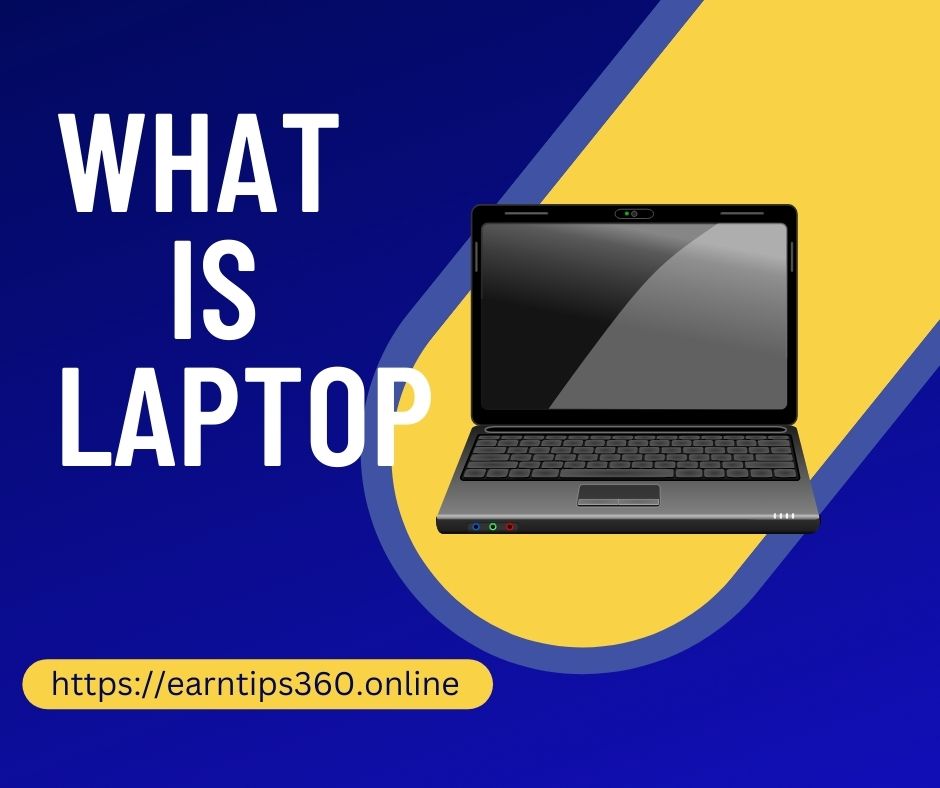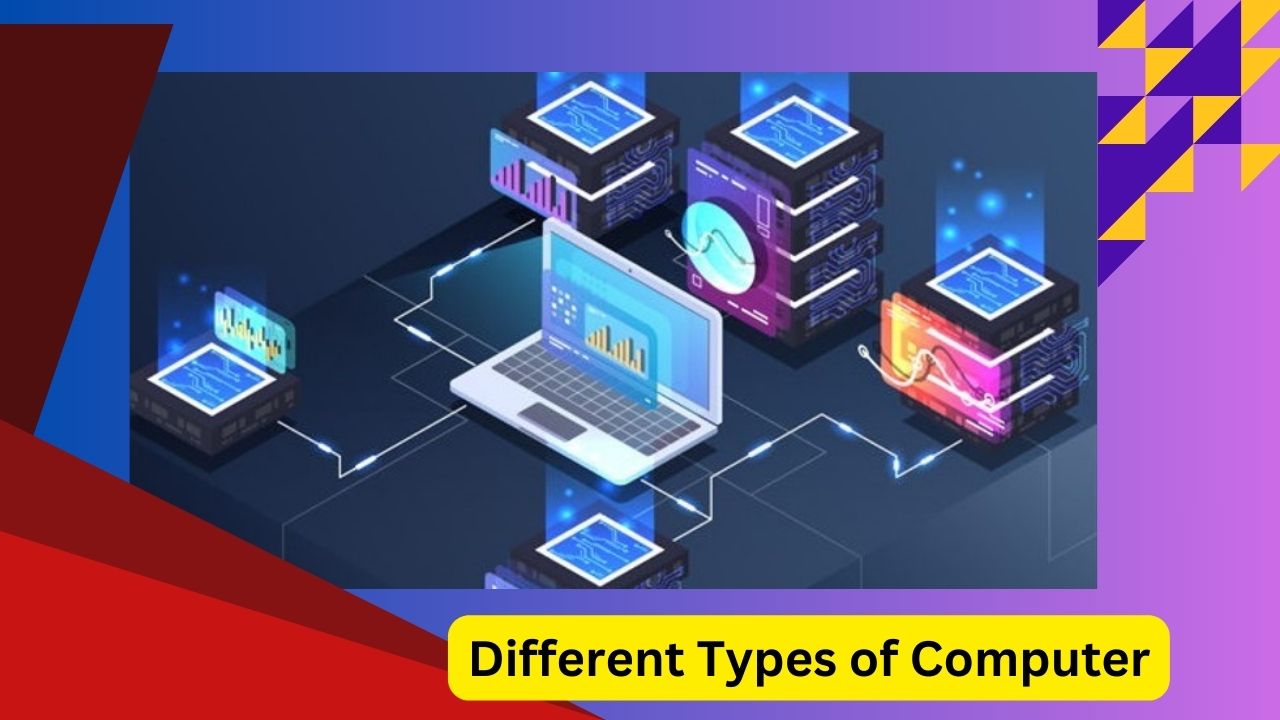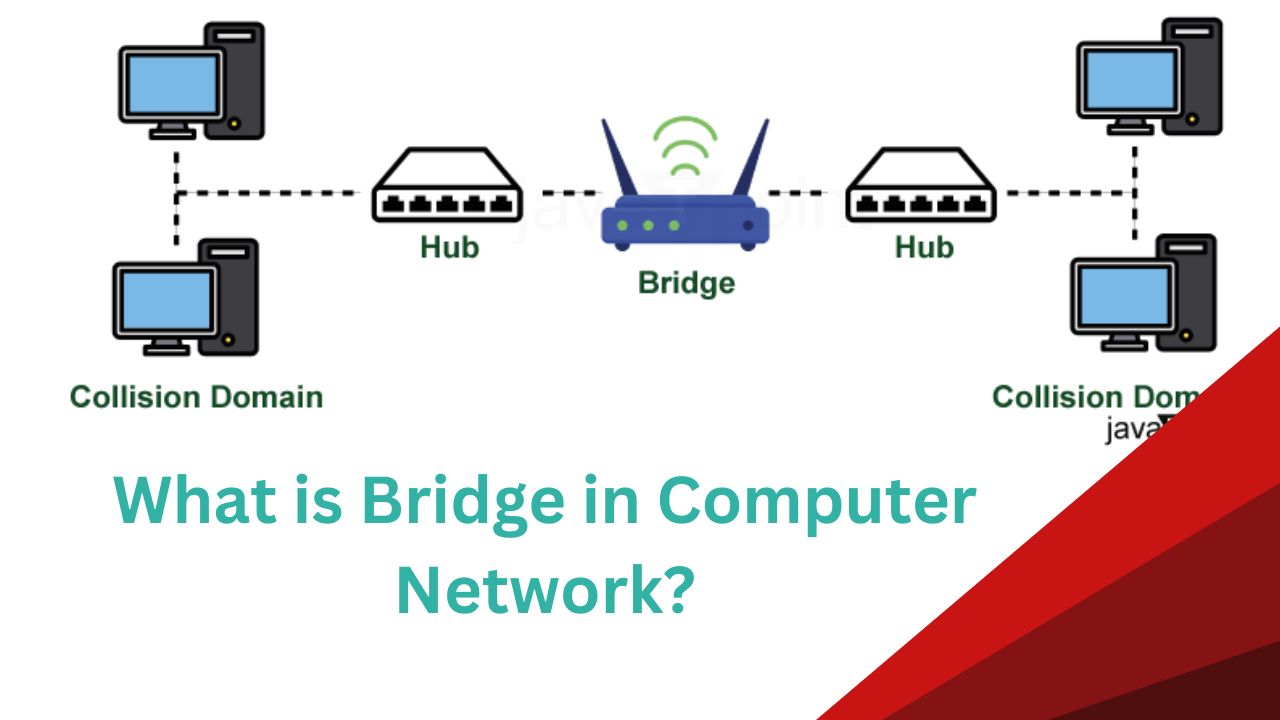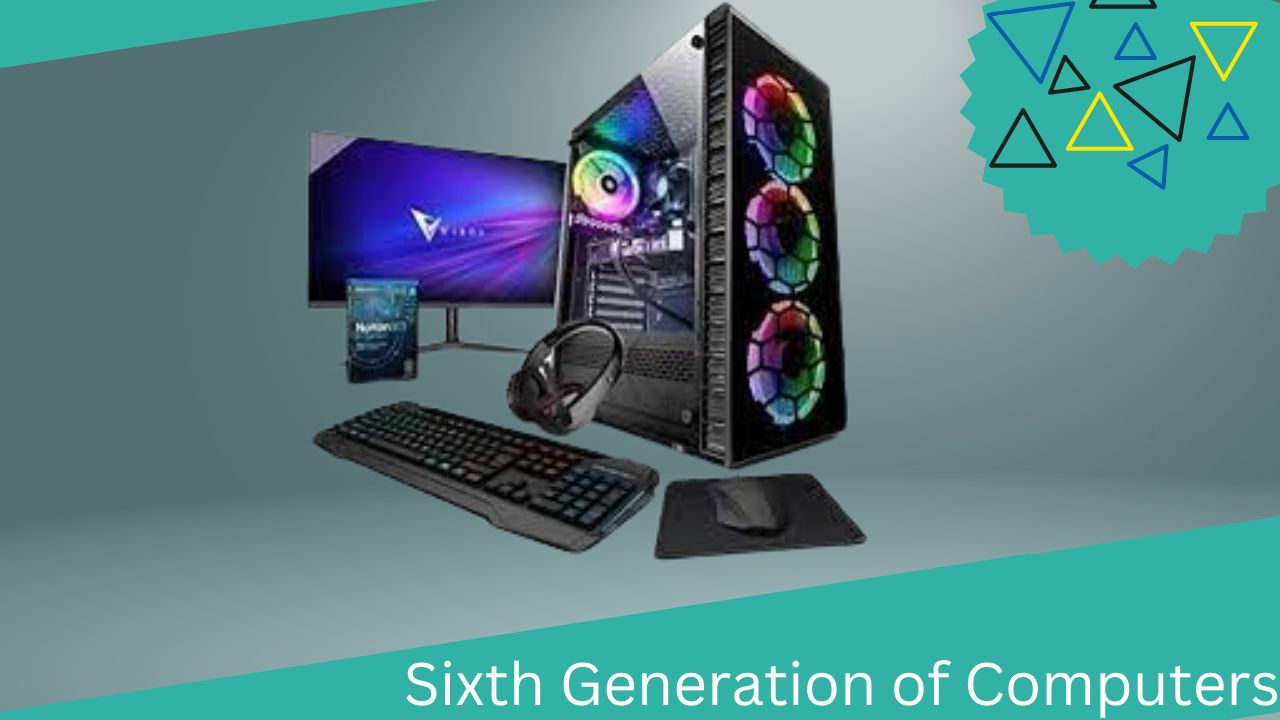A laptop, sometimes called a notebook computer by manufacturers, is a battery or AC powered personal computer PC smaller than a briefcase. A laptop can be easily transported and used in temporary spaces such as on airplanes, in libraries, temporary offices and at meetings.
A laptop can be turned into a desktop computer with a docking station, which is a hardware frame that supplies connections for peripheral devices such as a monitor, keyboard and printer.

Types of laptops
Differences in these core components are what distinguish laptop computer. Some core characteristics of laptops are the folling:
- Size. One of the key points of a laptops of a laptop is portability. Smaller laptops are lightweight and easier to carry. A bigger laptop offers a bigger screen size.
- Screen resolution. Higher resolution liquid crystal display or LCD screens display sharper graphics and increase the usable viewing area. High pixel density display sharper graphics and increase the usable viewing area.
- Processing power. Laptop processors have two, four or eight cores and, because of that, vary in performance.
- Memory. Typically, laptop random access memory (RAM) is 4, 8 or 16 GB. The most common ram 8 GB , and memory is often soldered to the motherboard.
- Input. Laptop often have a built in microphone, video camera and various input ports, such as lightning, HDMI and USB ports. Some computer have gradually reduced the number of ports. Some companies have gradually reduced the number of ports on the laptop body.
- Durability. Laptop designs and accompanying marketing terms very. Notebooks, netbooks and notebook types denote different laptop sizes. New laptops, such as hybrid and controvertible ones, feature displays that detach from the computer and function as touchscreen tablets.
Users buy different types of laptops for different purposes. A gaming laptop might require higher resolution and processing power, whereas a good laptop might require higher resolution and processing power for business might be lightweight for traveling and have more memory. A laptop for use in field service might need to be more durable.
Laptop features and characteristics
Laptop come with the following components:
- Power supply. The laptop’s internal power supply recharges the computer’s tasks for the computer and dictates the computer’s performance.
- Central processing unit (CPU). The CPU is a special type of processing tasks for the computer and dictates the computer’s performance.
- Graphics processing unit (GPU). The GPU is a special type of processor that accelerates graphics processing.
- RAM. The RAM is the computer’s short-term memory. It only holds data when the computer is powered on.
- Storage. Storage is the laptop’s long term memory and holds data when the computer does not have electricity.
- I/O ports. These serial ports let users plug in external devices such as displays, optical mouses and external storage.
- Display. The display provides a screen where users can see the graphical user interface (GUI). Laptop displays usually are connected by hinges to the bottom half of the computer.
- Keyboard and touch pad. These parts of the laptop let the user communicate with the computer and usually embedded in the body of the laptop.
- Operating system. The OS provides a GUI that enables the user to interact with computer.










